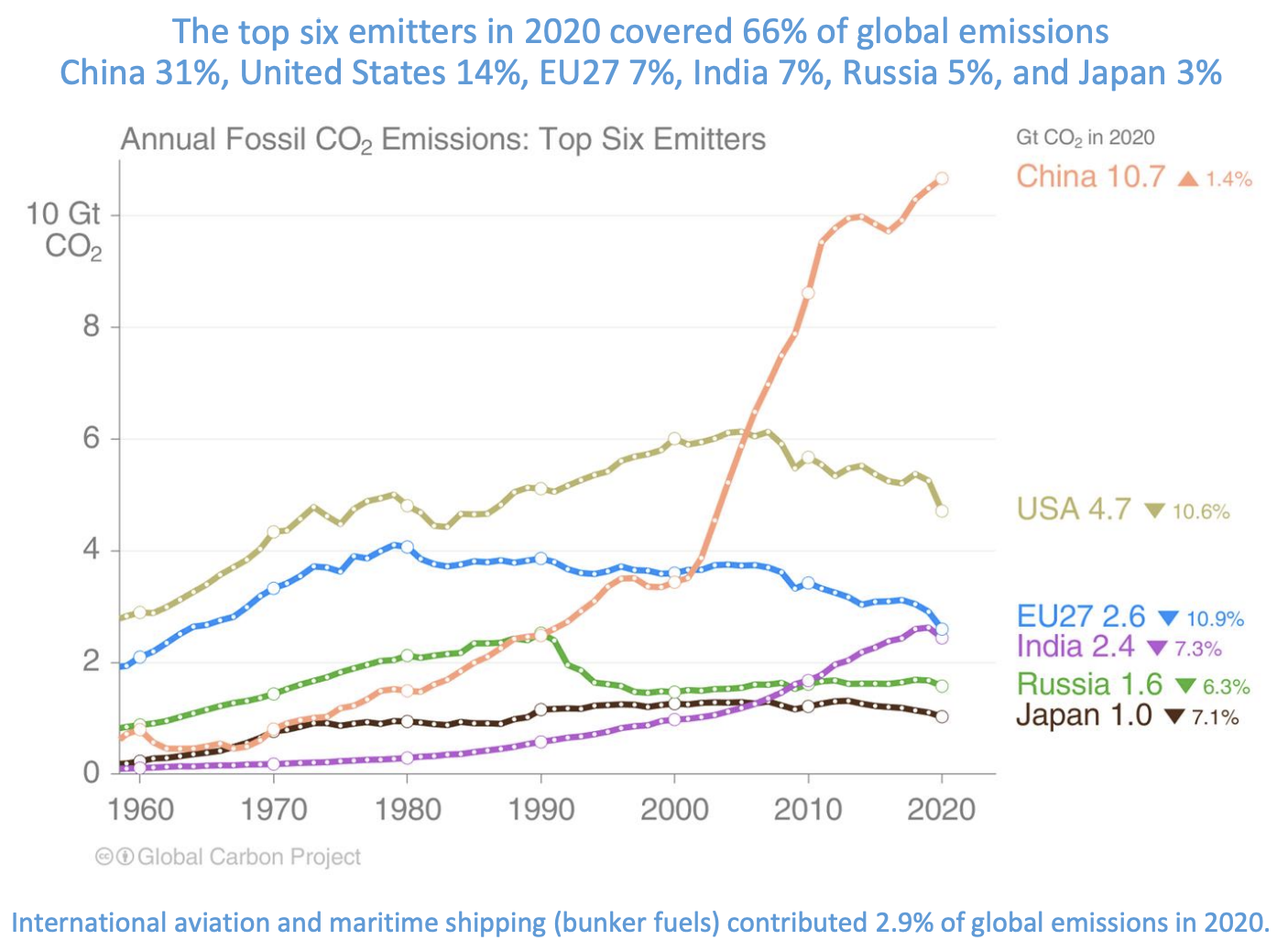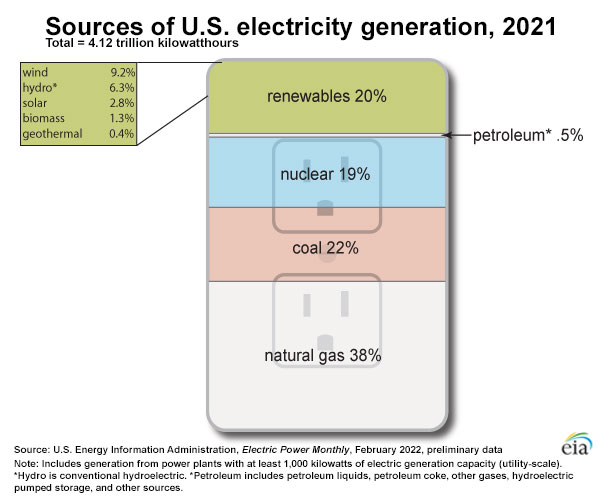China’s foreign ministry spokesman Zhao Lijian said the United States must meet its international obligations on climate change and do more than “shout slogans,” after the U.S. Supreme Court ruled that the Environmental Protection Agency could not force coal plants to subsidize renewable plants using the Clean Air Act. China’s spokesman was almost mocking in his tone of the United States, dismissing our constitutional republic and rule of law, and clearly preferring China’s own one-party rule and centrally controlled government. China, however, should look at itself before criticizing the United States regarding actions concerning carbon emissions, especially given that their own announced carbon reductions are simply promises.
In April, China announced it will increase coal output by 300 million tons this year—that increase alone being about half of total U.S. coal production. Despite Chinese President Xi Jinping pledging last year that China would start cutting coal consumption in 2026, state think tanks are expecting coal-fired power generation capacity to increase by 150 gigawatts over the 2021-2025 period. These plants easily operate for 4 or 5 decades. The new plants would put China’s known coal-fired generation capacity at 1,230 gigawatts—about 6 times the U.S. coal-fired generating capacity. China already accounts for over half of all global coal-fired electricity production. China’s coal consumption produced over 70 percent of China’s carbon dioxide emissions in 2021—a growth rate of 2.5 percent from 2020. China’s carbon dioxide emissions in 2020 were over twice those of the United States and are growing.

China’s Stance
“We urge developed countries, including the United States, to… face up to their historical responsibilities and show greater ambition and action,” Zhao said. According to China, “backsliding” by the United States could also make it more unlikely that China will take more action to curb its coal consumption, which reached a record high in 2021, growing 4.9 percent in one year. Coal supplied 55 percent of China’s energy in 2021. Between 2000 and 2021, China’s coal consumption tripled, while the United States reduced its consumption by more than half. Vice-Premier Han Zheng described coal as a “ballast” for the economy, adding that China “needs to maintain the bottom line of energy security based on the basic national conditions of coal predominance.”
It matters little to China that the United States has much more coal resources than China or that U.S. energy security would be enhanced if the United States were to diversify its energy supply, which was once of paramount importance to this country. China has been erecting the most efficient, cleanest coal plants in the world while the United States has not built a new coal plant in decades. Instead, the United States is shuttering its coal plants. Moreover, China continues the ruse that it is “developing,” ignoring – along with the EU and the Biden administration – the fact that China makes over half the world’s steel and uses over half the world’s coal, over 8 times that of the United States.
Comparison of U.S. and China Generation
Coal generated 22 percent of U.S. electricity in 2021—less than half the share generated in the mid 2000 era. That compares to 63 percent for China. Coal represented 19 percent of total U.S. generating capacity. Between 2010 and May 2019 (mostly during the Obama/Biden administration years), 290 coal power plants—40 percent of the U.S. coal generating capacity–closed. And more are slated to close. According to the Energy Information Administration, the shuttering of coal-fired electric plants will make up 85 percent of all electric-generation capacity retirements this year, taking 12.6 gigawatts offline.

China generated 63 percent of its electricity from coal in 2021—almost 3 times coal’s share in the United States. China is using its cheap coal generation to make it a leader in critical mineral processing and in the EV battery supply chain. Non-hydroelectric renewables generated around the same share in both countries—about 13.5 percent. In the United States, the share of non-carbon electricity was almost 40 percent, while it was less in China—33 percent, with hydro supplying the largest share.

Conclusion
China’s share of coal in its generation sector is almost 3 times higher than that of the United States. And, China continues to add coal-fired generating capacity, while the United States has been shuttering its coal-fired capacity. The United States has reduced its coal consumption in the electricity sector primarily by transitioning to low-cost natural gas produced from shale basins using hydraulic fracturing. Natural gas has a lower carbon content than coal, aiding the United States in reducing carbon emissions from the generating sector.
China’s carbon dioxide emissions increased 5.8 percent in 2021 to 10,523 million metric tons—over twice U.S. carbon dioxide emissions. China represented 31 percent of the world’s carbon dioxide emissions in 2021, while the United States represented less than half that level—14 percent. China’s plan seems to be to convince western nations to unilaterally disarm their own energy security while building the manufacturing, mining, and minerals processing hegemony to be able to supply the “green energy” products western politicians demand their citizens to use. And they are doing it on the back of coal power.



